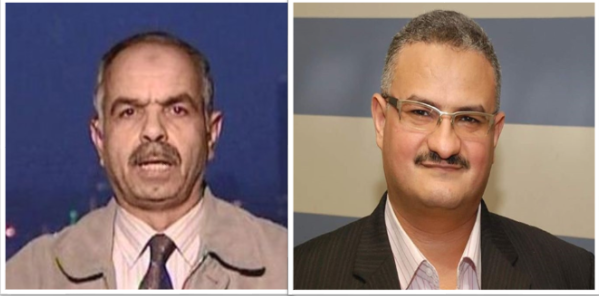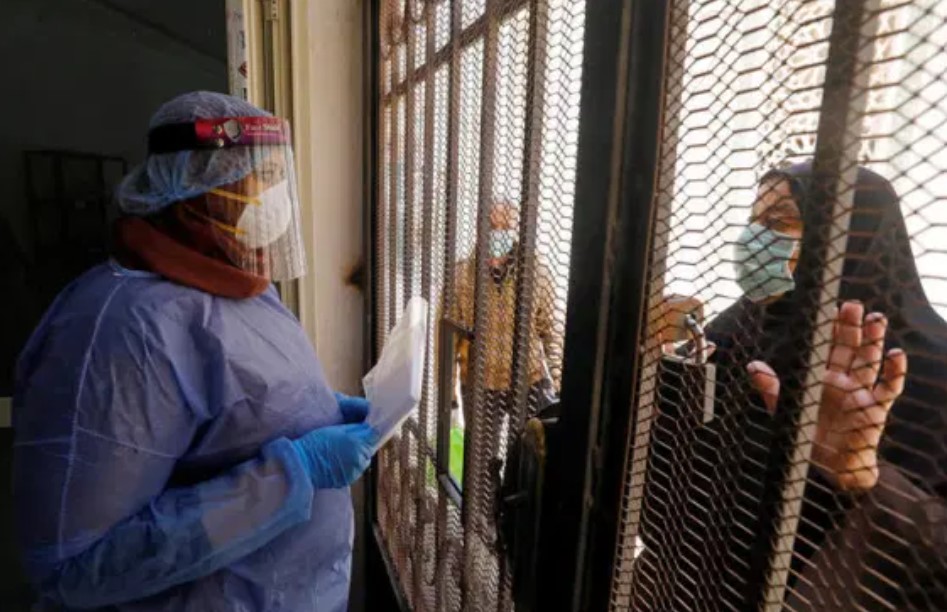On the eve of the Friday of anger, which witnessed rare protests in dozens of Egyptian villages, Egypt’s face looked different after the hopes of the Egyptian opposition rose significantly due to an unexpected response to the calls for protest. In contrast, the security forces appeared exhausted from pursuing dozens of small, fast-moving protests.
Egypt witnessed several protests on the first anniversary of the September 20 protests, which were called for by the Egyptian businessman Mohamed Ali, demanding the departure of Abdel Fattah al-Sisi’s regime. In particular, during the current year, Egyptians’ living, social and economic conditions have deteriorated, which activists monitored through several video clips, especially with the outbreak of the coronavirus and al-Sisi’s successive failures in the Renaissance Dam and the Libyan crisis.
The September 2020 demonstrations look entirely different from what happened a year ago. In the late summer of 2019, Mohamed Ali surprised the authorities by appearing on social media and calling on Egyptians to demonstrate. His call was met with a reasonable response, confusing the Egyptian authorities.
However, according to videos broadcast by activists, this year’s protests took place in narrow streets in villages and not in main squares so demonstrators could avoid being pursued by security forces. During these protests, the demonstrators chanted slogans against al-Sisi, expressing their anger at the deteriorating economic conditions in the country due to government policies, and calling for his departure.
Observers described these protests as a “new break in the barrier of fear,” after years of repression and the security grip that the regime is ruling the country with. Despite the intensification of the security forces’ presence in the streets and squares, the protests took place amid a campaign of random arrests and searches of the mobile phones of passers-by.
The protests also took place in the outskirts of Cairo and the villages of the governorates, far from the usual protests in recent years, which were concentrated in public squares and main streets. The fuel for these demonstrations was the underprivileged Egyptian people, who appeared in videos wearing galabiyas. Social media celebrated their appearance.
Egyptians interacted on social media platforms with the hashtag, “A Million Greetings to the Galabiya,” which was launched by activists to praise the role of protesters in the villages and marginalised areas, in response to the attempts of pro-government media and commentators to belittle them and mock the movement. The activists praised the courage and steadfastness of the demonstrators in the villages in the face of repression and arrests. Another scene of last week’s protests in Egypt’s villages recalled the January 2011 revolution.
Activists circulated scenes of al-Sisi’s image appearing on the side of a building, which was very similar to the projection of pictures of the late President Hosni Mubarak. They also shared photos of the burning of a police car in a scene reminiscent of the 2011 revolution. The state media also did not differ from the January 2011 revolution, which completely ignored these protests before admitting them later, and downplaying them.
After days of complete disregard and even ridicule at the idea of demonstrations, the satellite broadcasters owned by the Egyptian regime surprised their fans by changing the tone en masse. They repeated what the Egyptians call “the Samsung media,” referring to work according to instructions that come over the phone from someone working in the security or intelligence apparatus. After the denial, the media professionals close to al-Sisi and the permanent defenders of his policies and positions turned to the timid admission of the occurrence of demonstrations, even if they continued to reduce their impact. However, they called on the government and parliamentarians to “cheer up” the citizens by descending into the angry villages, listening to the protesters, and trying to solve their problems.
Away from the land and street demonstrations, there was another confrontation through social media, and a war between hashtags in Egypt, which observers described as more significant than the field. The security restrictions and grip on political life in the country made some reluctance to go out. The default activity appeared much greater on social media, whether inside Egypt or by residents outside it. This activity was evident in the trending hashtags over several days, most notably “Leave O Sisi,” “Down with military rule,” “The people want to overthrow the regime,” and “the revolution has begun,” in addition to several others. Some of these hashtags have gained popularity and topped the trend even in other Arab countries during the past few days. On the other hand, the authorities’ supporters came out with counter hashtags, including “You Are Not Alone” and “Nobody Has Come,” which found some interaction but did not rise in number in terms of interaction with the opposition’s hashtags.
According to the Egyptian expert, Amr al-Shobaki, there is a “state of popular anger among a group of citizens affected by the law on removing violating buildings.” He added: “Discontent will remain, regardless of the role of Mohamed Ali or anyone else, because there are reasons for this discontent, which may push people to demonstrate at any time, despite restrictions by the authorities on the right to protest and gather and the right to express opinion,” al-Shobaki added. Al-Shobaki is demanding a solution to people’s problems, an end to the existing causes for popular anger, especially the demolition of buildings and not blaming citizens for everything.





Recent Comments